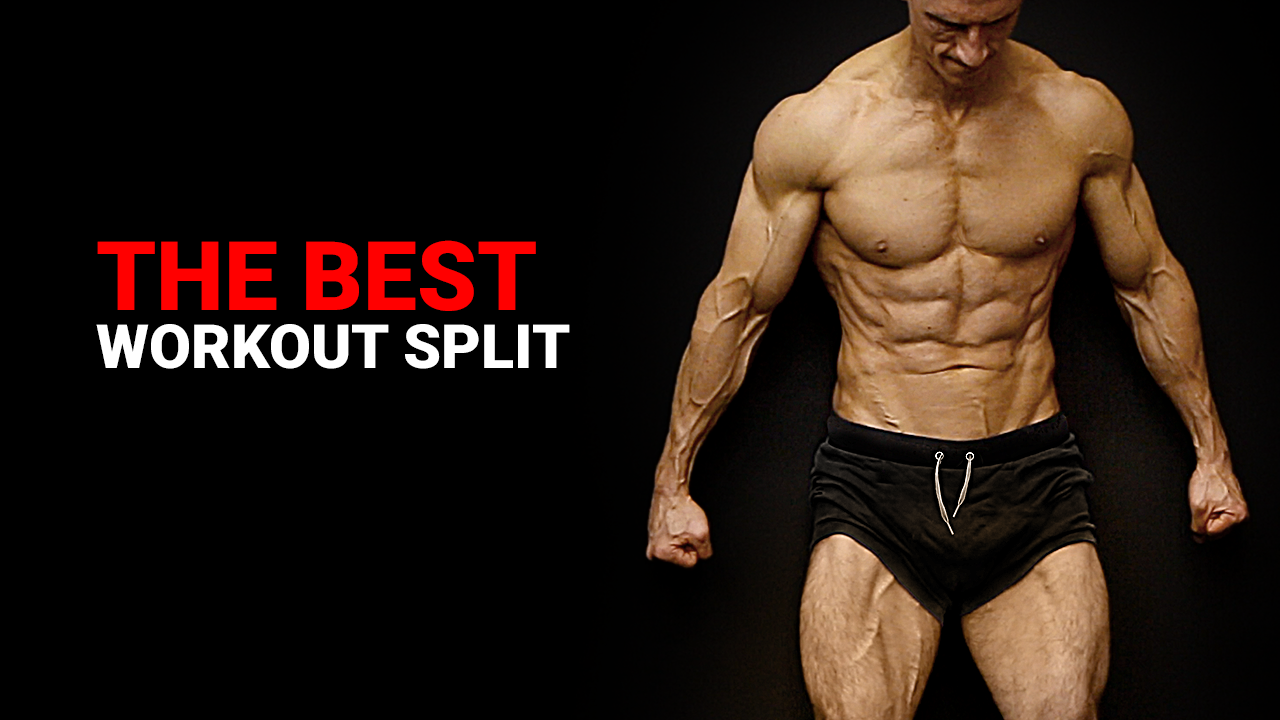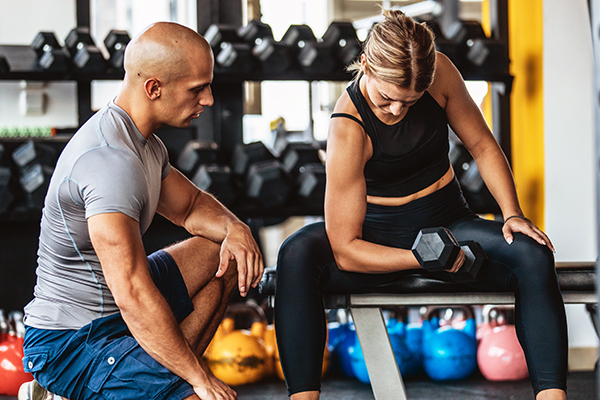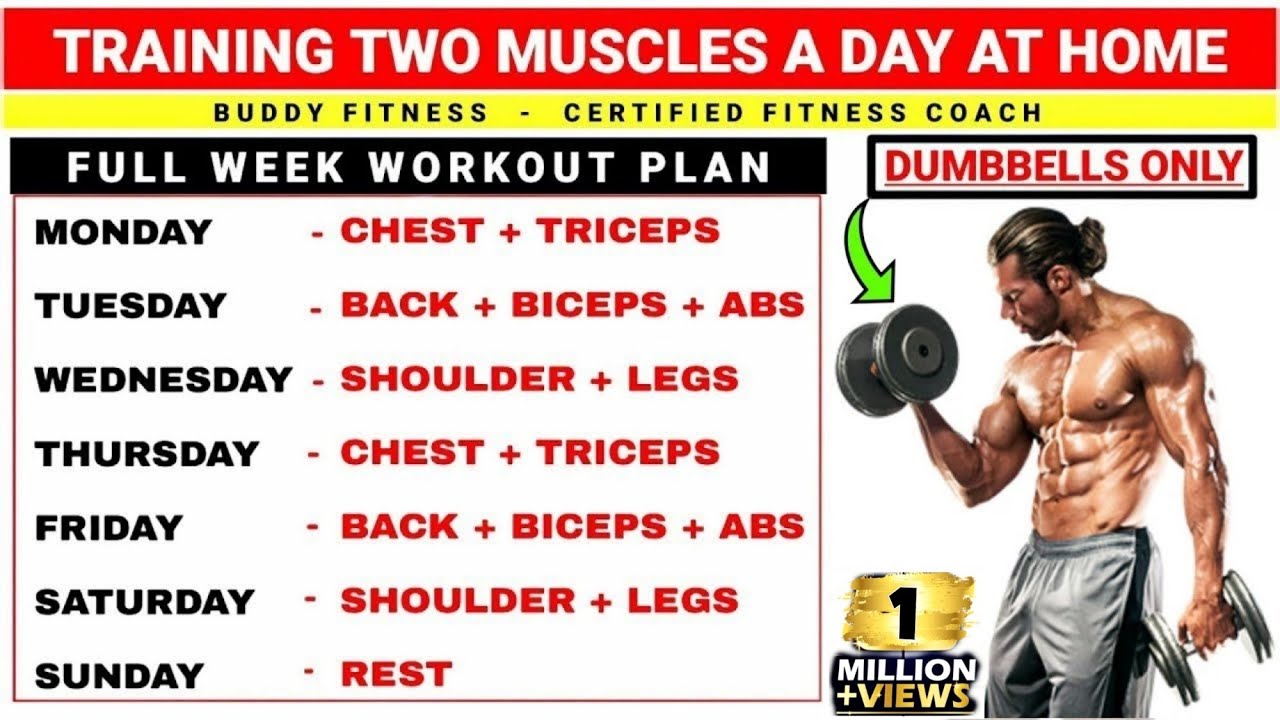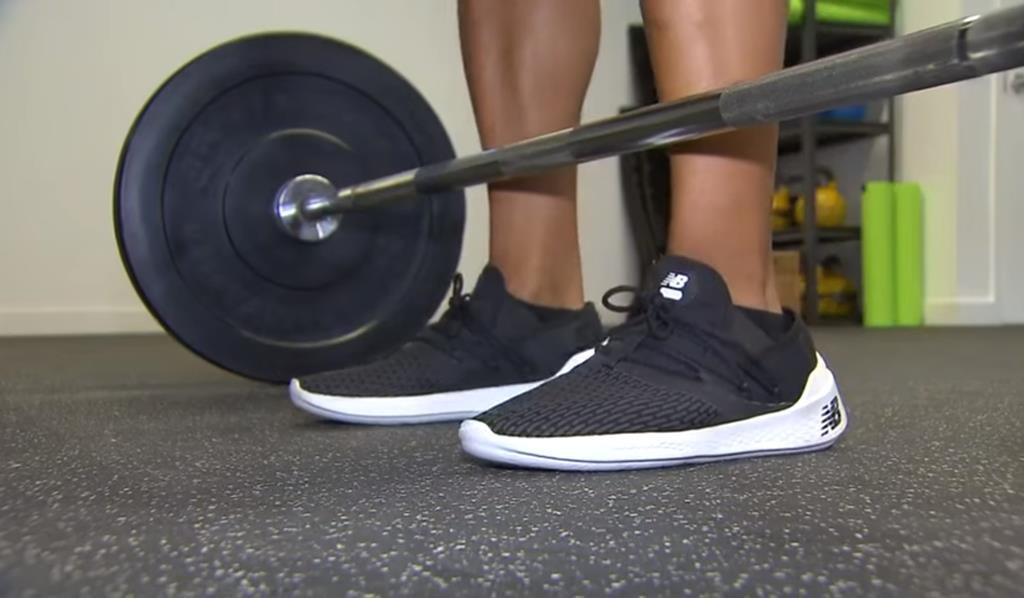Effective muscle group combinations to work out together are chest and triceps, back and biceps, as well as legs and shoulders. Efficient workout planning often involves pairing muscle groups that naturally complement each other.
Creating a workout routine that maximizes muscle gains and minimizes time requires strategic pairing of muscle groups. Opting for muscles that share synergistic functions allows for more effective and concentrated workout sessions. For instance, working on your chest and triceps together capitalizes on the secondary role triceps play in chest exercises, like bench presses.
Similarly, exercising back and biceps amplifies the benefits since many back routines recruit the biceps. Pairing legs and shoulders might seem less intuitive, but this combination allows for an intense session targeting major muscles followed by smaller groups, optimizing recovery time. Thoughtful muscle group combinations ensure a balanced workout schedule, promoting consistent progress and preventing overtraining of any single muscle group.
Anatomy Of Muscle Pairing
Understanding how muscles work together is key to an effective workout. Muscle pairing is not random. It refers to exercising muscle groups that support each other during movements. Crafting a workout plan with the right pairings can lead to better gains and a balanced physique.
Synergistic Muscles Explained
Synergistic muscles are muscles that help each other. When you use one muscle, its synergist muscles assist in the movement. Think of them as a team working together to move your body. For example, your biceps and triceps work in tandem to control arm movement.
Benefits Of Effective Muscle Pairing
- Improves strength: Training synergistic muscles together can make them stronger.
- Increases efficiency: Save time by working multiple muscles in one exercise.
- Enhances balance: By pairing muscles, you maintain body balance and reduce injury risk.
- Boosts recovery: While one muscle group rests, the other works, aiding recovery.

Pushing For Progress
Embarking on a fitness journey demands smart choices, especially with muscle group combinations. Working out the right muscles together can unleash unexpected strength gains and transformative results. The synergy between certain muscles allows for more effective, cohesive workouts. Let’s delve into the best combinations that maximize your push day potential. A strategic approach to muscle pairing can significantly enhance your progress.
Chest And Triceps: The Push Duo
When it comes to an efficient ‘push’ workout, the chest and triceps stand unrivaled. These muscles naturally work in tandem during many exercises.
- Bench presses activate both the pecs and the triceps.
- Push-ups offer a similar dual engagement, making them ideal for a combined workout.
Training these two groups together aligns with natural movement patterns and contributes to balanced upper-body strength.
Utilizing Overlap In Movement Patterns
Understanding movement patterns proves crucial in workout efficiency.
- Opting for compound exercises like shoulder presses works the deltoids while still engaging the triceps.
- Dips are excellent for emphasizing the triceps after a chest-focused routine.
This strategic overlap means each exercise builds upon the last, effectively progressing your push prowess.
The Pull Factor
The Pull Factor plays a crucial role in efficient workout routines. It focuses on specific muscle groups that work naturally together during pull exercises. Tapping into this synergy can lead to better strength gains and muscle growth. Key muscle groups, like the back and biceps, come into play. This guide explores the best combinations to maximize the ‘pull’ movements in a workout session.
Back And Biceps: Engage And Grow
By pairing the back and biceps, one activates muscles in a cohesive manner. These two groups are fundamental to pulling motions. When exercising the back, the biceps naturally engage to assist in the movement. This partnership makes back and bicep workouts both efficient and effective.
Key exercises for back and bicep days include:
- Pull-ups: Engages the entire upper back and biceps.
- Barbell rows: Hits the back muscles and secondary bicep muscles.
- Lat pulldowns: Focuses on lat engagement and bicep use.
- Hammer curls: Targets bicep brachialis for forearm and bicep development.
Integration Of Pull Exercises
Successful integration of pull exercises into a workout plan ensures balanced muscle development. It should aim at targeting various angles and motions. Combining exercises with proper form and varying resistance stimulates muscle groups effectively.
Including compound and isolation movements ensures a full-range development. Compound exercises like deadlifts and chin-ups work multiple muscles. Isolation moves like concentration curls focus on just one muscle at a time.
Workout example:
- Compound: Deadlifts – 3 sets of 5-8 reps
- Isolation: Concentration curls – 3 sets of 10-12 reps
Combining these exercises in a workout routine can result in enhanced muscle development and a more cohesive training session.

Lower Body Power Pairing
Discover how to harness the power of lower body workouts with smart muscle group combinations. Focus on pairs that complement each other to enhance strength, balance, and performance.
Quads And Hamstrings: A Balanced Approach
Teaming up the quads with hamstrings ensures a strong and stable lower body. This pair works opposite each other, making a balanced workout critical.
- Squats target your quads but also engage your hamstrings.
- Leg curls focus on hamstrings, preventing muscle imbalances.
Alternate between strength exercises for each to keep muscles in harmony. This balance helps avoid injuries and optimizes leg power.
Glutes And Calves: Maximizing Lower Body Workouts
The glutes and calves serve as the foundation for leg strength. Training both creates an aesthetic and functional synergy.
| Glute Exercises | Calve Exercises |
|---|---|
| Hip thrusts | Calf raises |
| Glute bridges | Seated calf extensions |
Prioritize form and control to activate these muscles effectively. Aim for higher reps to shape and strengthen the glute and calf regions.
Torso Tag Teams
Welcome to the ‘Torso Tag Teams’ section. Here, we’ll explore the best muscle group partnerships for an effective torso workout. These combinations enhance strength and stability. Pairing the right muscle groups leads to balanced development and improved performance.
Abs And Obliques: Core Synergy
Training your abs and obliques together paves the way for remarkable core strength. This duo makes up your midsection’s armor. Engage them with exercises that target both muscle areas for a chiseled, powerful core.
- Planks tone both abs and obliques.
- Twisting movements integrate obliques seamlessly.
- Crunch variations activate deep abdominal muscles.
Chest And Back: Antagonistic Training
The chest and back muscles counterbalance each other. Working them in tandem is optimal for posture and power. This approach is known as antagonistic training. It ensures one muscle group rests while the other works.
| Chest Exercise | Back Exercise |
|---|---|
| Bench Press | Rows |
| Push-Ups | Pull-Ups |
| Chest Fly | Lat Pull-Down |
Alternate between exercises for maximum efficiency and balanced growth. This method also saves time and increases workout intensity. Embrace these combinations for a stronger, more defined torso.
Optimization Strategies
Optimization Strategies are essential when planning your workout routine. Knowing which muscle group combinations to target together can maximize your performance. This results in more effective sessions and quicker progress.
Frequency And Rest: Timing It Right
To optimize muscle growth and recovery, balance workout frequency with rest is vital. A well-timed schedule matters. Below are key points:
- Match muscle groups with similar recovery times. Train them in the same session.
- Allow 48 hours of rest between workouts for the same muscle group.
- Structure your week to include at least one full rest day for recovery.
Compound And Isolation: Strategic Exercise Selection
Choosing the right exercises is crucial for progression. Here’s a simple guide:
| Compound Movements | Isolation Movements |
|---|---|
| Engage multiple muscles | Focus on a single muscle group |
| Start with these to build overall strength | Use these to target specific muscles afterwards |
Create a balanced routine that includes both compound and isolation movements. This strategy leads to efficient workouts.
Tailoring Your Training
Creating a workout plan that perfectly fits is like crafting a bespoke suit. It should match individual anatomy, fitness levels, and personal goals closely. Whether aiming for muscle gain, strength, or endurance, effective combinations of muscle groups can optimize each gym session.
Adapting To Individual Needs And Goals
One size does not fit all in fitness. Each body reacts differently to exercise. Therefore, personalizing your workout is crucial. Start by assessing strengths, weaknesses, and what you want to achieve.
- Bulking up? Focus on big muscle groups together, like chest and back.
- Running a marathon? Combine leg days with core strengthening.
- Short on time? Try full-body workouts twice a week.
Progressive Overloading For Muscle Groups
Progressive overloading is key for growth. To build strength and size, incrementally increase the weight or reps.
- Small increments: Add minimal weight each session to prevent injury.
- Rest is as important as lifting. It allows muscles to recover and grow.
- Track your progress: Keep a log of the changes and improvements.
| Week | Exercise | Reps | Weight |
|---|---|---|---|
| 1 | Squat | 8 | 100 lbs |
| 2 | Squat | 8 | 105 lbs |
| 3 | Squat | 8 | 110 lbs |

Credit: www.beachbodyondemand.com
Frequently Asked Questions
What Are Effective Muscle Group Pairings?
Effective muscle group pairings include chest with triceps, back with biceps, and legs with shoulders. This ensures a balanced workout, maximizes time efficiency, and allows muscles to assist each other during exercise, leading to a more effective strength training session.
How Often Should I Train Grouped Muscles?
For optimal results, train your muscle groups 2-3 times per week. Allow at least 48 hours of rest between sessions for recovery. This frequency supports muscle growth and strength gains while providing necessary recovery time for muscle repair and growth.
Can I Combine Abs And Leg Workouts?
Yes, combining abs and leg workouts can be beneficial. The core is engaged during many leg exercises, which increases the efficiency of the workout. Additionally, this combination helps in building overall body strength and stability.
Why Pair Push And Pull Muscle Groups?
Pairing push and pull muscle groups, like chest and back or biceps and triceps, helps maintain muscular balance. It prevents overuse injuries by training antagonistic muscles equally. This approach also supports improved posture and functional strength.
Conclusion
Crafting your workout with effective muscle group pairings can dramatically impact your fitness journey. By targeting synergistic muscles, you maximize gym time and spur growth. Remember, balance is key for body symmetry and injury prevention. Refine your routine with these combinations and unlock your full potential.
Stay consistent, and the gains will follow.
 7 Best Magnetic Spin Bikes of 2025 ( Buying Guide )
7 Best Magnetic Spin Bikes of 2025 ( Buying Guide ) 7 Best Upright Exercise Bike Reviews In 2025 (Buying Guide)
7 Best Upright Exercise Bike Reviews In 2025 (Buying Guide) 10 Best Yoga Mat For Sweaty Hands In 2025
10 Best Yoga Mat For Sweaty Hands In 2025 6 Best Macebell In 2025 ( Top Picks With Buying Guide )
6 Best Macebell In 2025 ( Top Picks With Buying Guide )


